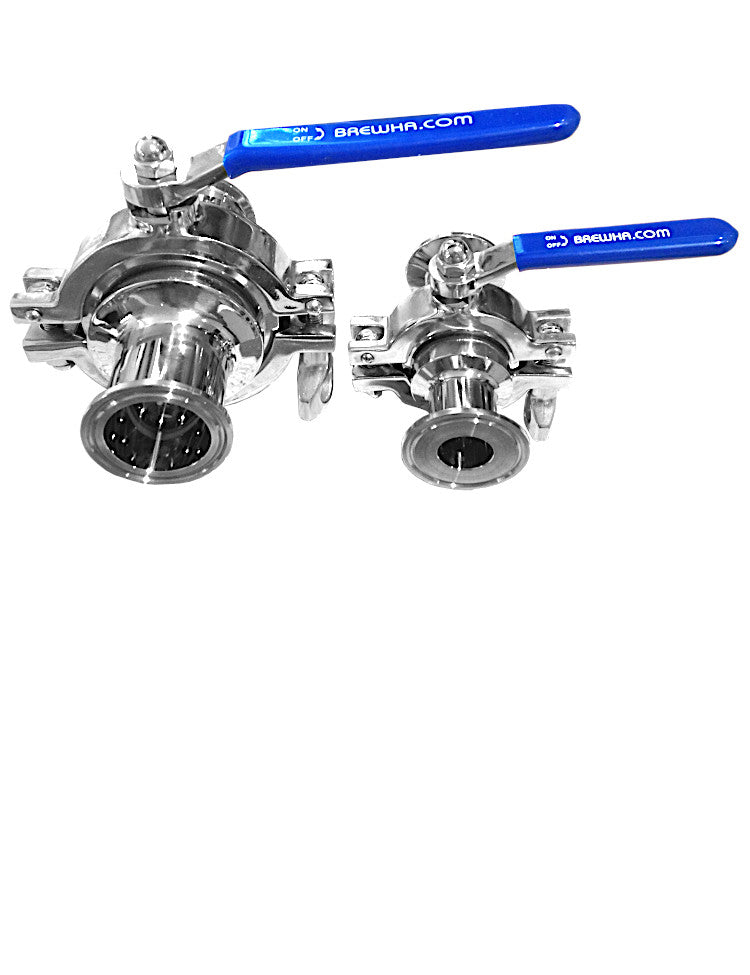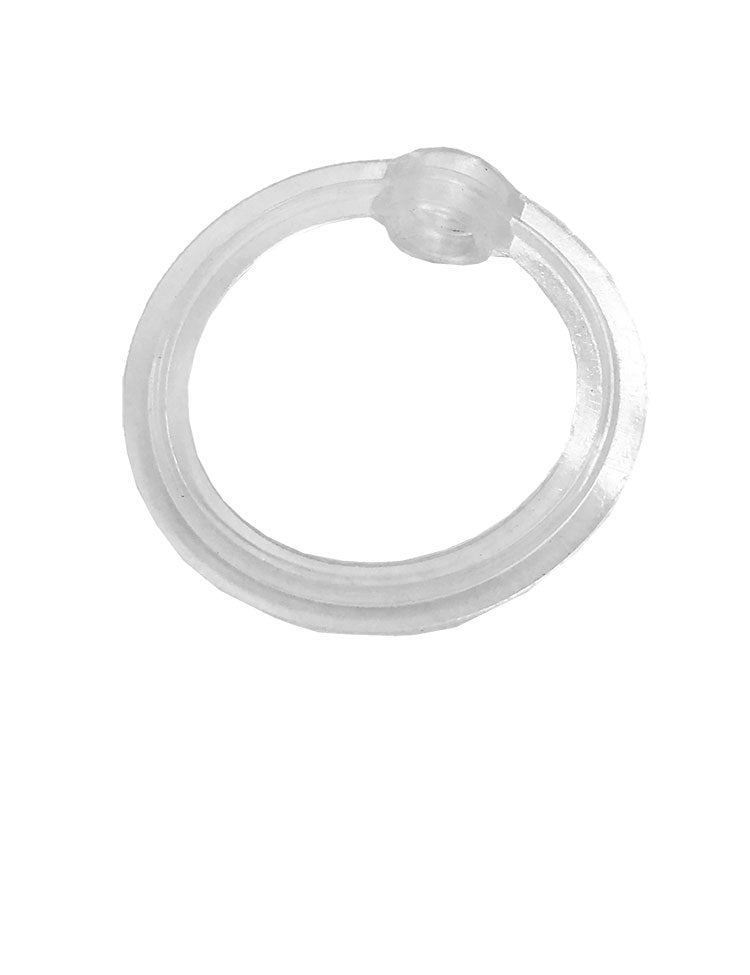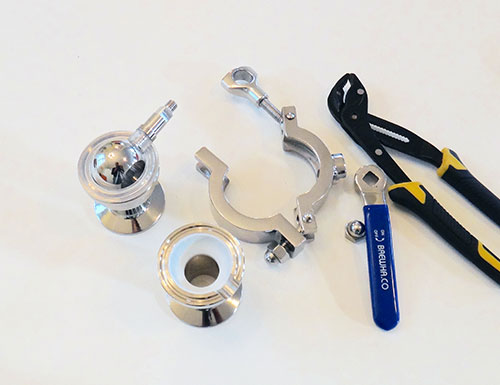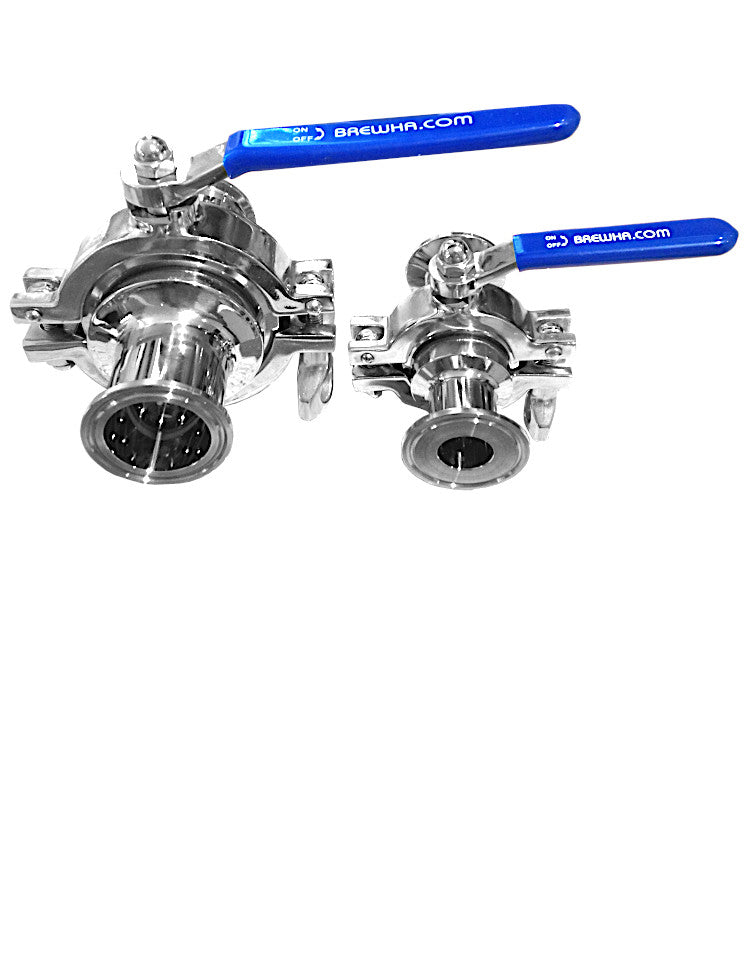Stainless Sanitary Ball Valve
Stainless Sanitary Ball Valve
Couldn't load pickup availability
The Full-Bore Sanitary Ball Valve with tri clamp connectors is the easiest valve you'll ever clean. Completely disassemble, clean, and reassemble this valve, without tools in less than a minute. Perfectly easy for perfect sanitation.
This 304 Stainless valve comes with a higher pressure rating than a butterfly valve (particularly the least expensive resilient rubber kind), which means it is less likely to leak.
1.5" tri-clamp compatible, non-retention (no cavity behind the valve to hide liquid), 0.875" full port or 1.375" full port (can be helpful for cleaning out whole leaf hops from the fermenter when dry-hopping), quick-disassembly, stainless steel ball valve. (Face to face dimension—4.5" / 11.5cm for the smaller and 5.75" / 14.5cm for the larger.)
Share





